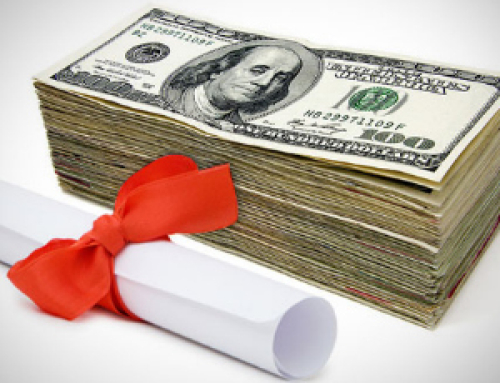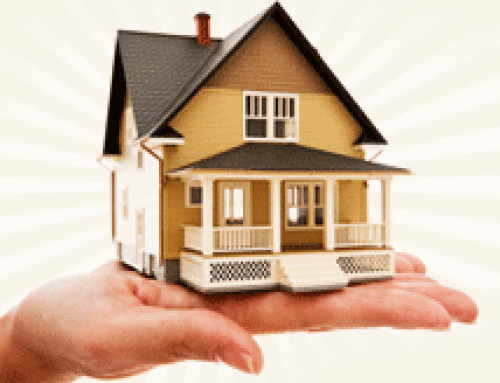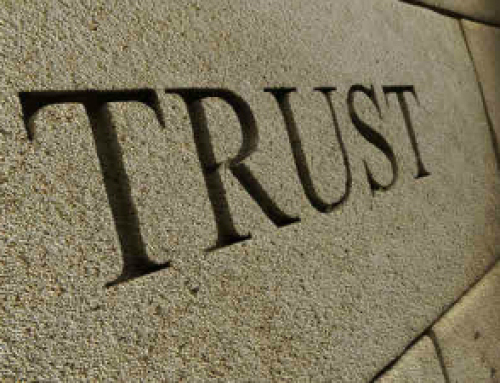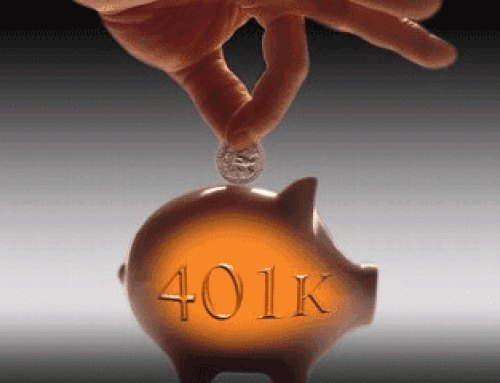When you go into a bank looking for a loan, the most important factor that influences how much you will pay over the lifetime of your loan is the interest rate that you are charged. The interest rates for loans that your bank lends at is basically a reflection of the default risk the bank thinks you represent.
A higher interest rate means that the bank is protecting itself to some degree. When you pay a higher interest rate, it means that you end up paying more to the bank, and the lender receives more money faster. That way, if you default, the bank loses less of its principal.
What Goes Into the Lender’s Interest Rate Decision?
The starting point for most loans is the Fed Funds Rate. This is the rate that the Federal Reserve charges banks for borrowing money. It is also the target rate used for banks lending to each other. When the Fed sets its rate lower, most interest rates drop. As the Fed Funds Rate rises, so, too, do interest rates on many consumer loans. (The Fed’s actions also influences Treasury yields; 10-year Treasury yields have a great deal of influence over mortgage interest rates.)
However, while monetary policymakers and the markets impact the starting point for loan rates, the final numbers are decided on a more individual level. What you do, and where you live, make a difference. Here are some of the factors that influence your interest rate on loans:
1. Local market: The lending environment in your local market can mean that the base interest rate is either higher or lower than the national average.
2. Your credit rating: Because your credit score is a measure of how reliable you are likely to be, and it represents how responsible you are with credit, it is a big part of your interest rate. If you have a high credit score, you are likely to be rewarded with a lower interest rate, since you will be seen as a lower default risk.
3. Down payment/size of loan: How much you put down initially can influence your interest rate. If you make a large down payment, the bank doesn’t have to loan you as much, and the equity in your house is higher meaning you are more likely to pay off your mortgage. As a result the interest rate is often lower.
4. Length of loan: When you take out a long term loan, you have more time to default and the bank takes on more interest rate risk (i.e. if the bank gives you a 30 year fixed mortgage at 5% and the bank is borrowing at 3% and over 15 years there borrowing cost (Fed Funds Rate) rises to 7% they could begin to lose money on your loan). As a result, a longer term can mean higher interest. A three-year auto loan generally comes with a lower interest rate than a six-year loan. A 15-year mortgage will have a lower interest rate than a 30-year mortgage.
5. Type of interest rate: In most cases, a variable-rate loan starts out with a lower interest rate than a fixed rate, but since interest rates are likely to rise over time, the chance of a reset to a higher rate for the borrower is likely. A fixed rate loan might start a little higher, but you don’t have to worry about rate fluctuations down the road. This is especially true with mortgages.
6. Government backing: If a loan comes with some sort of government backing, you are more likely to get a lower interest rate – even if you appear to be something of a credit risk. When you qualify for a FHA loan, your interest rate is often lower than if the bank is responsible for the entire amount. A loan insured by the government reduces some of the risk to the lender.
All of the above factors are combined, usually using some sort of computer algorithm, to come up with the interest rate you are expected to pay. If you plan ahead, keep your credit history positive, and choose your loan product carefully, there is a good chance that you will receive the best available interest rate on your loan.













Follow Us